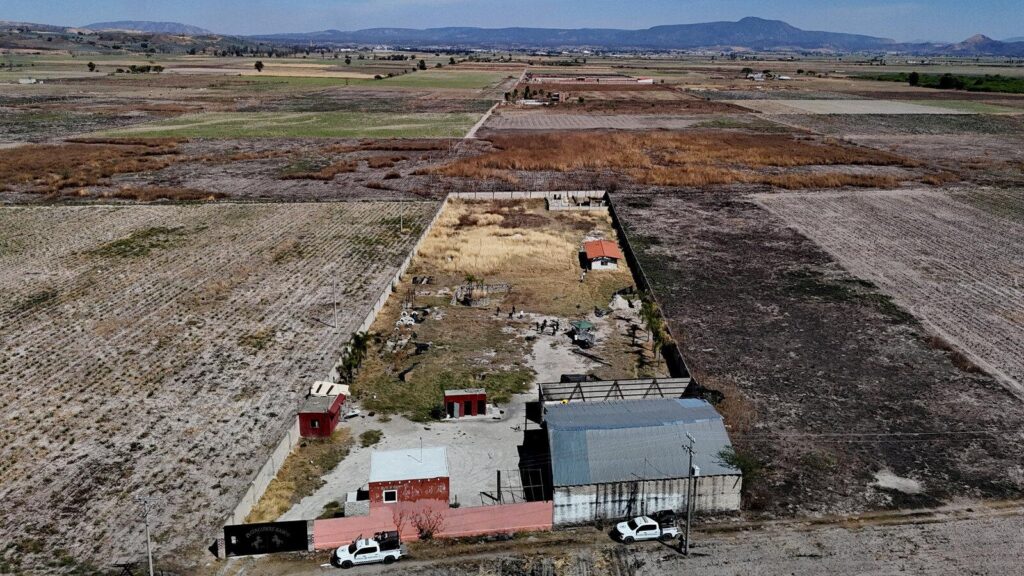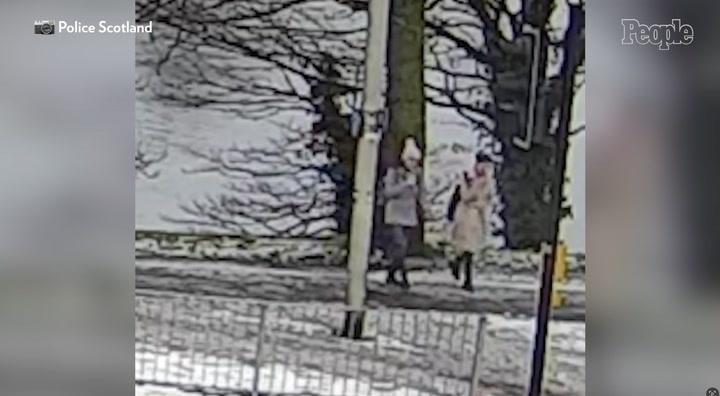In the wake of nature’s fury, a tale of resilience and hope emerges from the waterlogged landscapes of Texas. When torrential rains unleashed their devastating power, leaving destruction in their path, uncertainty gripped communities as hundreds vanished beneath the rising waters.Yet, amid the chaos and fear, a remarkable narrative of human survival began to unfold—a story where the missing were not lost, but found, bringing relief to anxious families and a glimmer of light to a dark chapter of natural disaster. In the wake of devastating floods that swept through parts of Texas, a wave of uncertainty and concern gripped communities as hundreds of individuals were initially reported missing. The dramatic scenes unfolded as torrential rains transformed peaceful neighborhoods into treacherous waterways, leaving families anxious and emergency services scrambling.
Local authorities and search teams worked tirelessly, combing through flooded regions and communication networks to track down those who had vanished during the natural disaster.The initial reports painted a grim picture,with community members fearing the worst for their loved ones caught in the relentless waters.
Communication became a critical lifeline during these challenging hours. Cell phone networks, often disrupted by the flooding, made it difficult for people to confirm their safety.Families desperately reached out through social media, local emergency hotlines, and community networks, seeking any information about their missing relatives.
As hours passed,a gradual sense of relief began to emerge. Contrary to the initial fears, most of the missing individuals were found safe. Some had been temporarily isolated due to damaged infrastructure, while others were sheltered in emergency centers or with relatives in nearby areas.
The collaborative efforts of local law enforcement, emergency services, volunteer groups, and concerned citizens played a pivotal role in reuniting families. Rescue teams navigated challenging terrain, using boats, helicopters, and ground vehicles to reach stranded individuals in remote and flood-affected zones.
Community centers and local shelters became crucial hubs of information and support. They provided not just temporary accommodation but also served as coordination points for reuniting families and disseminating critical information about missing persons.
The incident highlighted the importance of emergency preparedness and communication systems during natural disasters. It also demonstrated the resilience and solidarity of Texas communities in facing unprecedented challenges.
While the majority of missing individuals were found safe, the floods still exacted a important toll. Property damage, emotional trauma, and the disruption of daily life were stark reminders of the destructive power of nature.
Local and state authorities continued their assessments, providing support to affected communities and implementing recovery strategies. The experience served as a critical learning possibility for improving emergency response mechanisms and disaster management protocols.
As communities began the process of recovery and rebuilding, the initial fear and uncertainty gradually transformed into stories of survival, hope, and collective resilience in the face of nature’s unpredictable forces.








